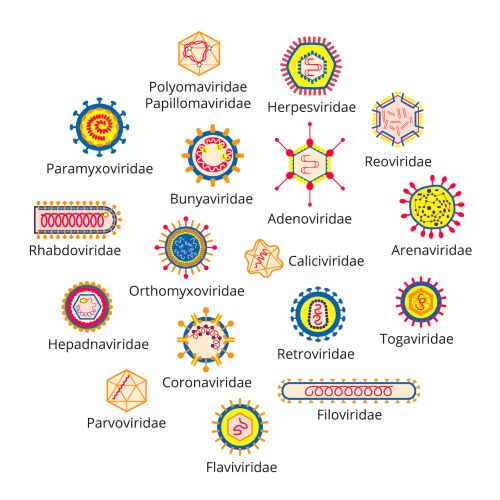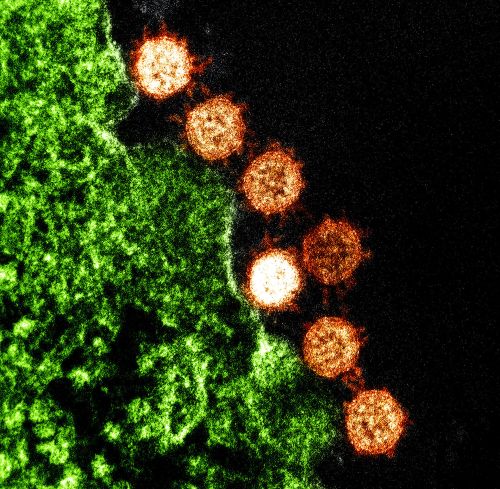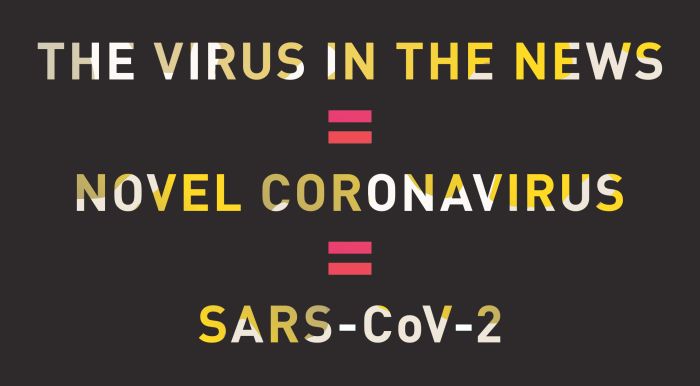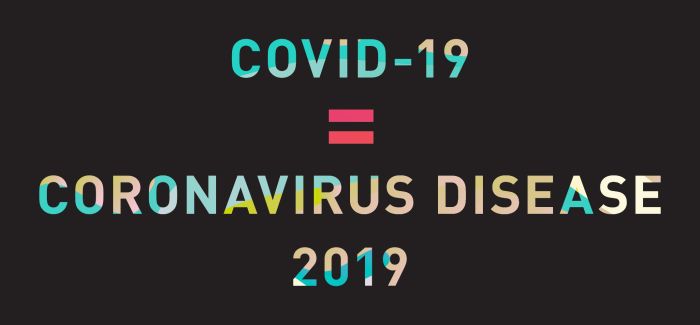COVID-19: Words to Know
Everyone’s talking about a new disease, COVID-19, caused by a virus. Here’s some info to help you understand what you’re hearing.
For more info about microbes in general (both bad and good), visit our Microbes Rule! exhibition when LSC reopens.

Viruses are the smallest kind of germs. Visible only under super-powerful microscopes, they aren’t even exactly alive; they need to invade a living cell to multiply. There are more than 4,000 kinds, a few hundred of which make people sick.


Coronaviruses are a family of a few dozen different, but related, viruses. They’re named for their spiky structure, which looks a little like a crown, or corona. Some of them cause diseases in animals or people.



In late 2019, a kind of coronavirus that scientists had never seen before started infecting people. First scientists called it novel, or new, coronavirus. In February 2020, it got an official name: Severe Acute Respiratory Syndrome Coronavirus 2, because it’s somewhat genetically similar to SARS-CoV, the virus behind the SARS outbreak of 2003. But in popular news, you might see SARS-CoV-2 called just plain coronavirus.


COVID-19 is the respiratory illness caused by the virus SARS-CoV-2, which is now making people sick around the world. Because of the way scientists organize information, sometimes a virus and its disease have different names (like HIV, the Human Immunodeficiency Virus, which causes AIDS, or Acquired Immunodeficiency Syndrome).

